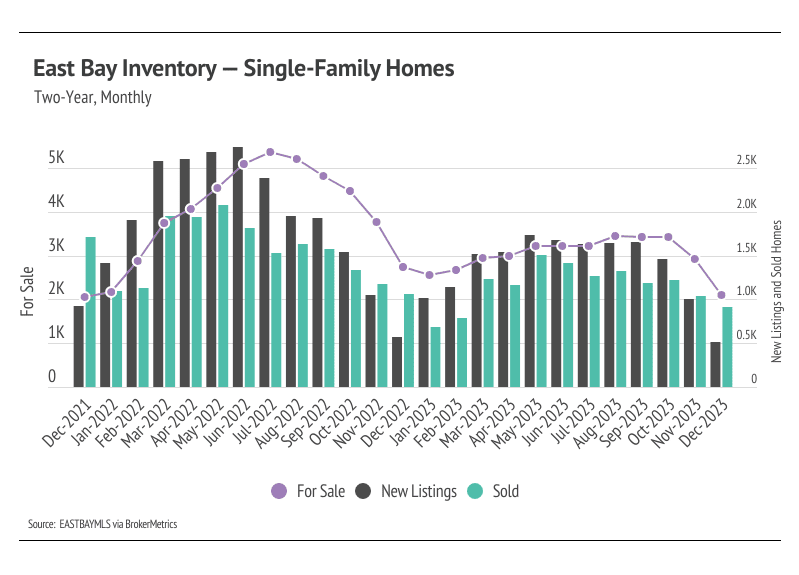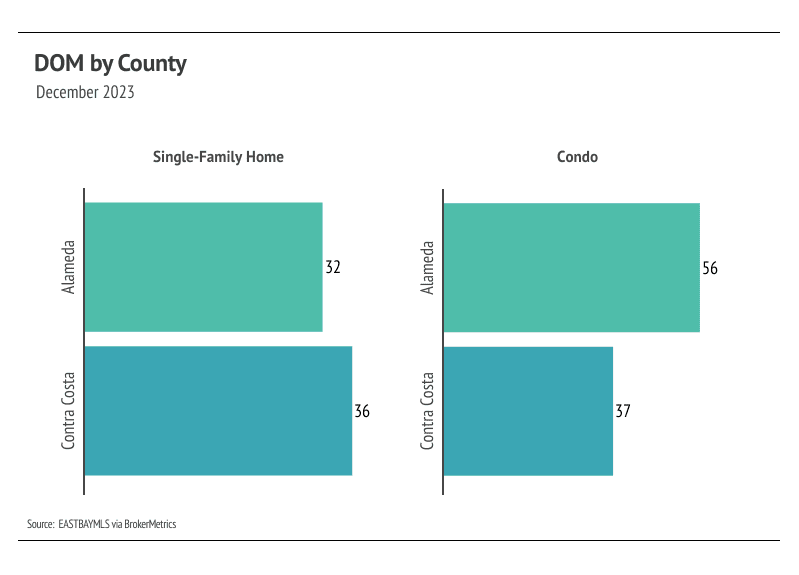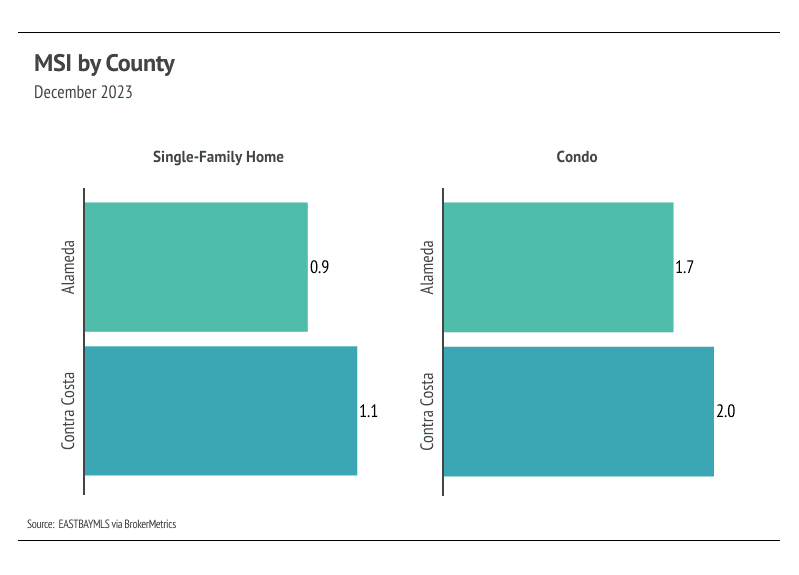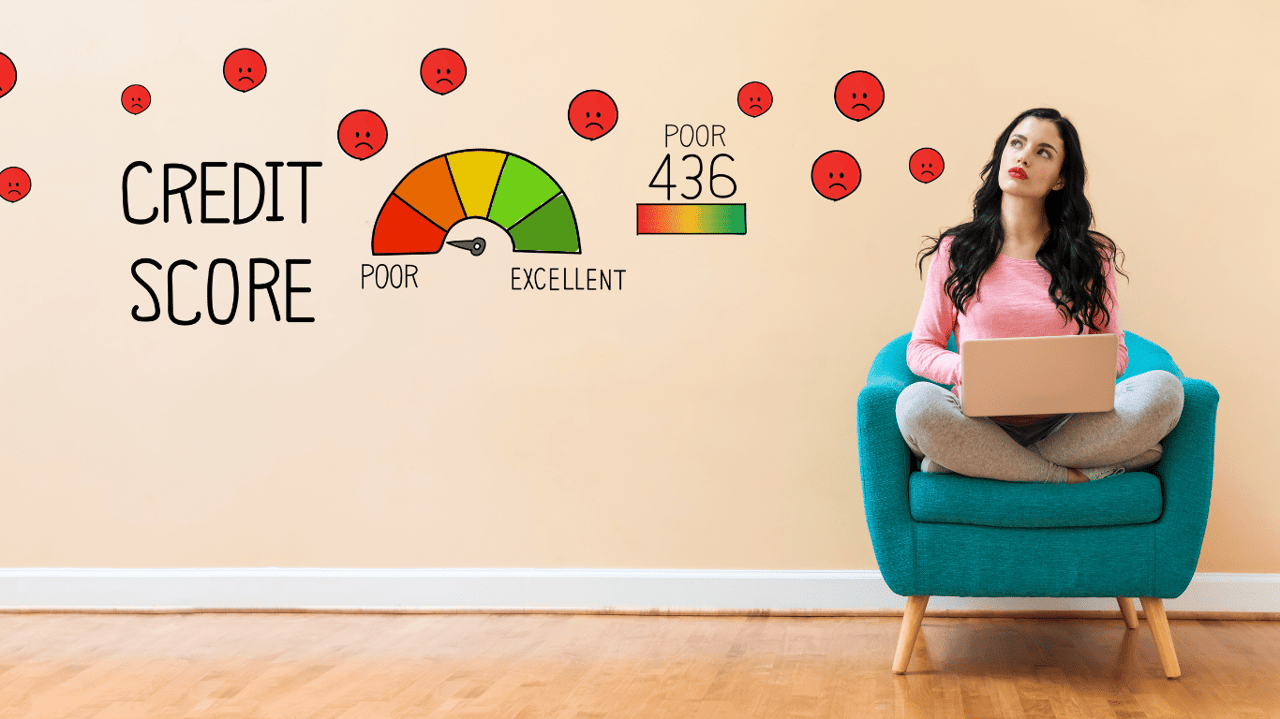East Bay Real Estate Market Update – January 2024
Market Insight

Market Insight











Stay up to date on the latest real estate trends.

Market Insight
Decoding East Bay's Property Pulse: Dive into the Latest Trends and Insights – June 2024

Market Insight
Decoding East Bay's Property Pulse: Dive into the Latest Trends and Insights – May 2024

Market Insight
Decoding East Bay's Property Pulse: Dive into the Latest Trends and Insights – April 2024

Real Estate for Seniors
Selling the family home is an emotional journey. As an adult child, your support is crucial in helping your senior parents through this process. Understand their attac… Read more

Market Insight
Decoding East Bay's Property Pulse: Dive into the Latest Trends and Insights – March 2024

Sell
Boost your home's resale value with strategic upgrades! Learn how to prioritize key areas, enhance outdoor spaces, and make neutral upgrades that appeal to potential b… Read more

Market Insight
Decoding East Bay's Property Pulse: Dive into the Latest Trends and Insights – February 2024

Buy
Take the first steps towards your dream home as you effortlessly save for a down payment and improve your credit score with these straightforward strategies.

Market Insight
Decoding East Bay's Property Pulse: Dive into the Latest Trends and Insights – January 2024
You’ve got questions and we can’t wait to answer them.